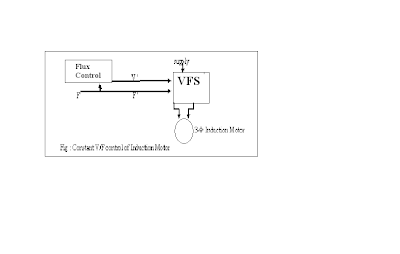Electronic
Pollution:
In electronic
industry fumes and gases are released during hand soldering/wave soldering/dip
soldering, which are harmful to people as well as environment and the end
products.
Government
accords utmost importance to control environmental pollution.
India having acceded to
the Montreal Protocol in September 1992, the production and use of Ozone
Depleting Substances (ODS) like Chlorofluoro Carbon (CFC), Carbon
Tetrachloride, Halogens and Methyl Chloroform etc.
What is E-waste?
E-waste consists of all waste
from electronic and electrical appliances which have reached their end- of-
life period or are no longer fit for their original intended use and are
destined for recovery, recycling or disposal. It includes computer and its
accessories monitors, printers, keyboards, central processing units;
typewriters,
mobile phones and chargers,
remotes, compact discs, headphones, batteries, LCD/Plasma TVs, air
conditioners, refrigerators and other household appliances.5
Pollutants in
e-waste
The waste from electronic
products include toxic substances such as
cadmium and lead in the circuit boards;
lead oxide and cadmium in monitor
cathode ray tubes (CRTs);
mercury in switches and flat screen monitors;
cadmium in computer batteries;
polychlorinated biphenyls in
older capacitors and transformers; and
brominated flame retardants on
printed circuit boards, plastic
casings, cables and PVC cable
insulation that releases highly toxic
dioxins and furans when burned to
retrieve copper from the wires.
Many of these substances are
toxic and carcinogenic. The materials
are complex and have been found
to be difficult to recycle in an
environmentally sustainable
manner even in developed countries.
Acid Sulphuric and hydrochloric
acids are used to separate metals from
circuit boards. Fumes contain
chlorine and sulphur dioxide, which
cause respiratory problems. They
are corrosive to the
eye and skin.
How to control pollution in electronics industry :
Alternate technologies may be used to
phase out the existing polluting technologies. Numerous new fluxes have been
developed containing 2 – 10% solids as opposed to the traditional 15 – 33%
solids. Electronic industry uses CFC, Carbon Tetrachloride and Methyl
Chloroform for Cleaning of printed circuit boards after assembly to remove flux
residues left after soldering, and various kinds of foams for packaging.
Many alternative solvents could replace CFC-113 and Methyl Chloroform in
electronics cleaning.
Other Chlorinated solvents such as
Trichloroethylene, Perchloroethylene and Methylene Chloride have been used as
effective cleaners in electronics industry for many years.
Other organic solvents such as Ketones
and Alcohols are effective in removing both solder fluxes and many polar
contaminants.
ISO 14001
defines standards for environmental management system for acceptability at
international level.











